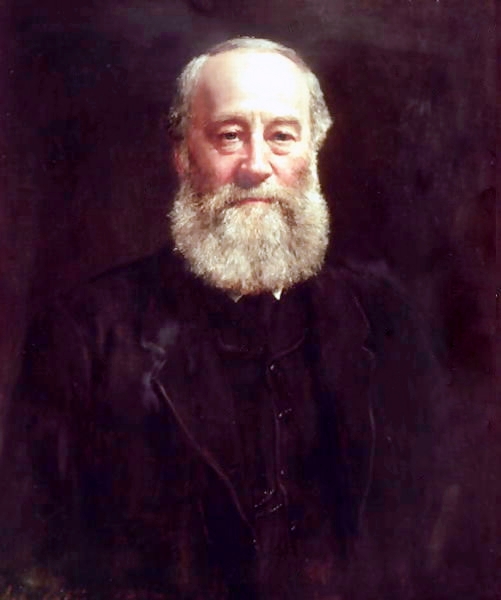The First Law of Thermodynamics

image source (public domain)
1818 - 1889
All of the many different forms of energy are interchangeable. Any form of energy can be converted into any other. However, the total amount of energy remains constant through all of these conversions. This is the first law of thermodynamics:
The first law of thermodynamics (also called the law of conservation of energy) says that the total energy of a closed system is conserved—that is, it doesn’t increase or decrease.
Thus it is that order is maintained in the universe—nothing is deranged, nothing ever lost, but the entire machinery, complicated as it is, works smoothly and harmoniously. And though … every thing may appear complicated and involved in the apparent confusion and intricacy of an almost endless variety of causes, effects, conversions, and arrangements, yet is the most perfect regularity preserved—the whole being governed by the sovereign will of God.
- James Prescott JouleThis quotation is from Joule’s memoir, published 1892 in Memoirs and Proceedings of the Manchester Literary and Philosophical Society, series 4, vol. 6, pp. 12-13. The entire memoir is available online, here and here.
Since the universe itself is a closed system, the first law of thermodynamics implies that the total amount of energy in the universe doesn’t change, though it may be converted between various forms.
For example, when an apple falls from a tree, its gravitational potential energy is converted into kinetic energy as it accelerates. When the apple strikes the ground, that kinetic energy in turn is converted into other forms of energy. Some energy is emitted in the form of sound waves, and some may be converted into elastic potential energy as the soil compresses and rebounds, perhaps causing the apple to bounce a few times. But most of the energy is converted into thermal energy (heat). The apple and the ground where it lands are slightly warmer after impact, because most of the apple’s kinetic energy is transferred to molecules near the site of impact, increasing the average kinetic energy of those molecules. Similarly, the elastic potential energy of the compressed soil is quickly converted to heat through friction. That’s why the apple doesn’t bounce nearly as high as it fell, and why it quickly stops bouncing. Nearly all of the kinetic energy is quickly converted to heat.